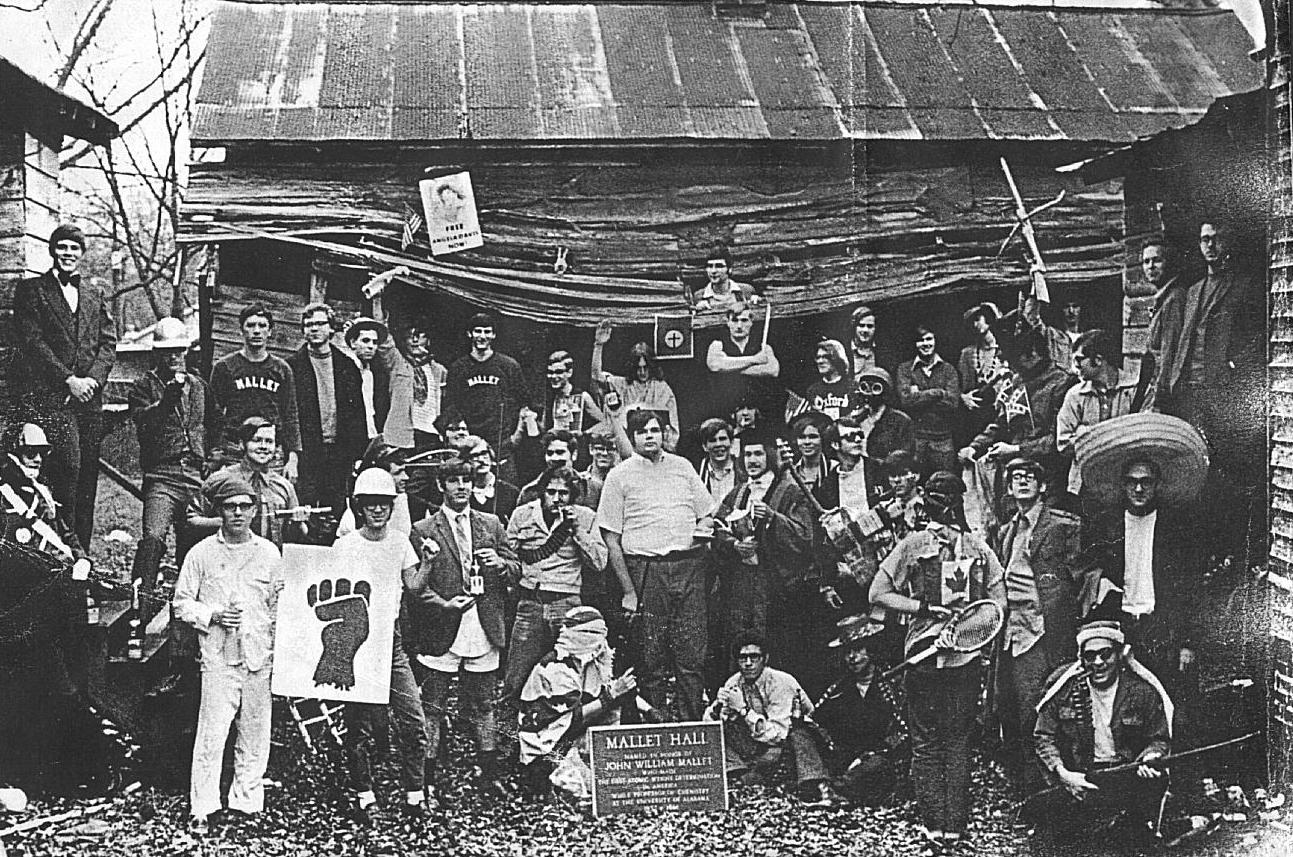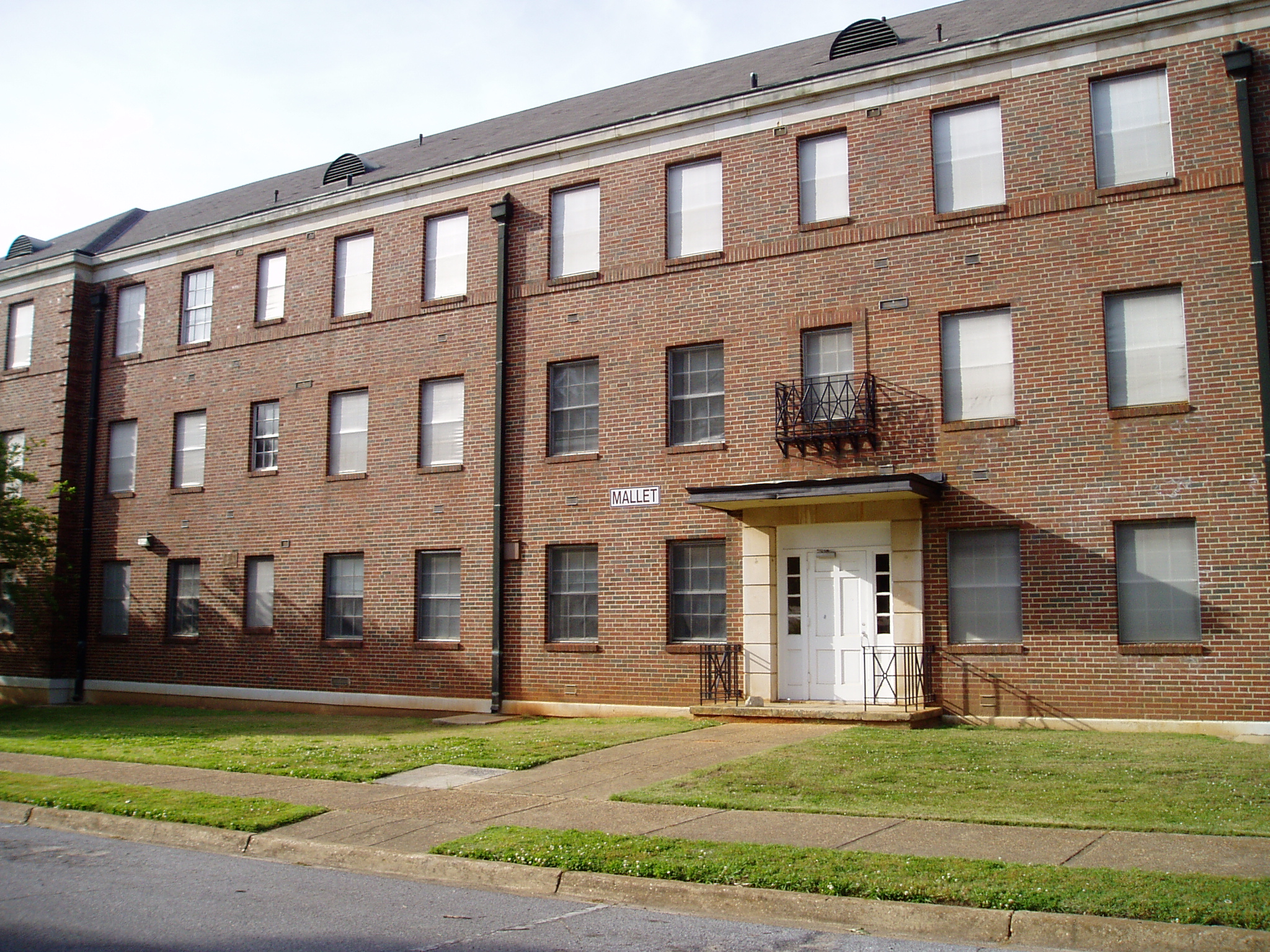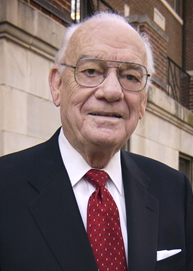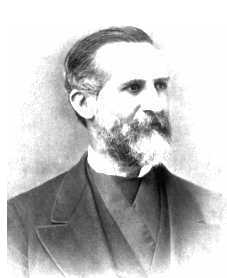History of Mallet

The Mallet Assembly (aka the Men's Honors Program) was organized in 1961. Named for its first residence in Mallet Hall, the Assembly also claims as its namesake John Mallet, a Civil War era chemist and head of the Confederacy's incendiary munitions division. Perhaps this legacy was one of the reasons Mallet was listed, in the early 1960's, as a subversive organization with capability to build a nuclear weapon. Alas, we just never got around to that.

Always a source of creative energy, the Assembly antics finally exhausted the University's tolerance in the early seventies. After too many Vietnam protests and the launching of a snack machine into Palmer Lake, Mallet was unceremoniously relocated to Byrd Hall (coincidentally right behind the President's Mansion) and where we resided until 2007.
The late seventies saw Malleteer Cleo Thomas elected as the first and only black president of the SGA. Elected by a coalition of independents and rebellious sororities, Thomas was also the first person to defeat a machine-backed candidate for the office of president.
In 1981, a fire gutted Byrd Hall's attic and left the Assembly with a new roof and no access to our uppermost story. The suspected cause of the fire was a (very clumsy) vagrant living in the attic. And to this day, some older Malleteers still reckon time by "the year of the fire."
The Assembly continues its tradition of non-conformity and general smart-assedness today. The SGA, which was disbanded in the mid 90s, was brought back to campus in 1996 with the help of Malleteer Lee Pruit, who served as Constitutional Convention Chairman.
For Homecoming 1996, the Assembly decided that the University's theme "The South's Timeless Traditions" could not go unspoofed. After collecting old warehouse pallets, chicken wire, and plenty of balled-up toilet paper, the Assembly created a breathtaking lawn decoration titled "The South's Untimely Traditions." Scenes such as George Wallace's stand in the schoolhouse door, a Klan lynching, and an exploding church reminded students that the South's traditions were more than just southern belles and football.
Ignorant locals and biased media attention from the campus newspaper caused quite a controversy. The story of our lawn decoration even appeared on the AP news wire, all this for less than $38 and a few all-night pomping sessions.
To this day Mallet strives to push the boundaries set before it in an attempt to rattle the cages and keep people honest. If this appeals to you, we extend an invitation to continue in this fine tradition with us and apply for membership.
John Blackburn

Dr. John L. Blackburn began his long association with higher education after serving in Indo-China during World War II. First, he served as an instructor in the United States Air Force; then at Florida State University in 1951 and 1952, where he experienced the first of a series of events which placed him on the cutting edge of innovative change in higher education in the United States. As an administrator at Florida State University, one of his tasks was to assist in integrating male students into the previous Florida State College for Women.
He began his career at The University of Alabama in 1956 and he became Dean of Men in 1958. The Mallet Assembly Men's Honors Program was established in 1961 by Dr. Blackburn and stands as the oldest honors program still in existence at the University of Alabama. In 1963, his dedication to progress and meticulous planning were credited as key elements in the historic peaceful integration of African-Americans into the Capstone.
In 1968, the men's and women's student affairs functions were consolidated and Dr. Blackburn was named Dean of Students and the Office of Student Affairs assumed a much larger and more important role in the life of the University.
In 1969, Dean Blackburn became Vice Chancellor for Student Affairs at the University of Denver. Blackburn was able to develop his theories on the restructuring of college campuses as well as implement many of them. In 1972, under his direction, National Association of Student Personnel Administration conducted a conference on The Communitization Process in Academe, with Dr. Blackburn writing the introduction to 21 innovative communitization approaches.
Dr. Blackburn turned his attention to the burgeoning opportunities in university resources. In 1978, Dr. Blackburn returned to UA and over the next 12 years helped to raise more than $30 million dollars, once again finding himself in the forefront of a changing emphasis for public education into the world of private development.
He served as President of the National Association of Student Personnel Administrators from 1973-1974 and as President of the American Association of University Administrators from 1977-1979 and 1985-1986.
As an educational consultant at present and as past general secretary of the American Association of University Administrators, Dr. Blackburn finds himself more interested in effective innovation in higher education.
Retired from UA after more than 30 years of dedicated service, he still remains vitally interested in the continued healthy development of the Capstone.
Dr. Blackburn remains active in the civic affairs of the city and state and recently served as the Interim Chairman of Challenge 21, a community development program in Tuscaloosa, Alabama.
In 1995, Blackburn was honored by becoming the namesake of the new Blackburn Institute, an elite public service education program at The University of Alabama.
John W. Mallet (1832-1912)

Next to Josiah Gorgas, the single most important man in the Confederate Ordinance Department was Lieutenant Colonel John W. Mallet. Mallet found his niche in the Confederate Ordnance Department by very different means than his boss. Mallet came to the Confederacy with an exceptional educational background, which included the University of Dublin, Royal College of Surgeons, the University of Göttingen and in 1854, a start as a teacher of analytical chemistry at Amherst College and later at the University of Alabama. Mallet's beginning in the Confederacy as a lieutenant at the battle of Bull Run hardly reflected where he would end up. In the spring of 1862 his role changed drastically when Josiah Gorgas took notice of Mallet. Approaching him, Josiah Gorgas asked Mallet to embark on a new assignment that would bring order to the anarchy of the ammunition crisis. John Mallet reported on the state of affairs and brought out into the open the uncontrollable confusion that overwhelmed the production of ammunition. It was Mallet who ultimately resolved these issues.